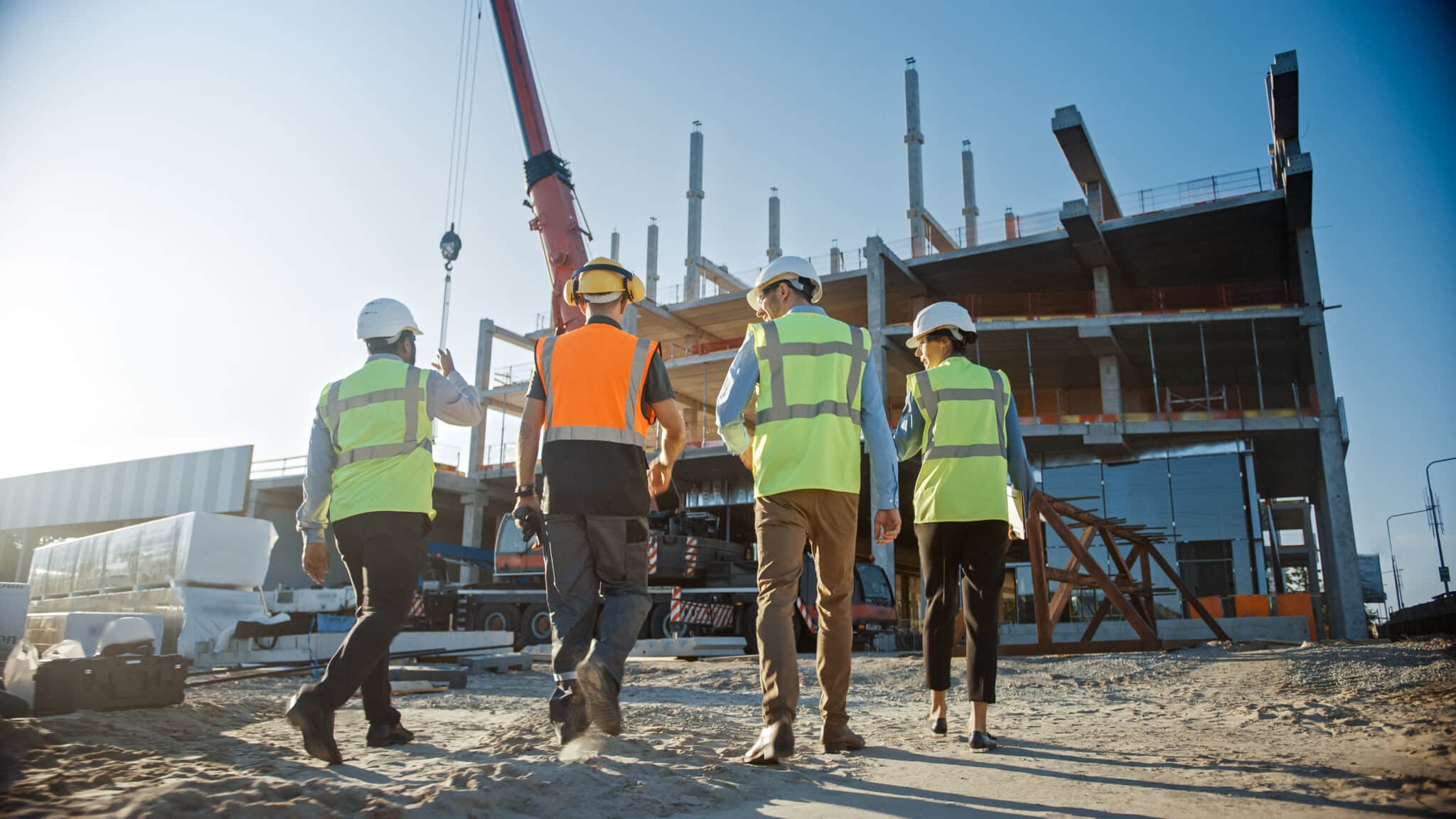Construction business owners and contractors face a myriad of risks that are inherent to the industry. In order to help ensure safe and productive operations, it’s vital for these parties to understand common exposures to they can take proactive steps to address them.
Common Construction Industry Risks
While each operation’s specific exposures may vary, the construction industry, as a whole, faces five pervasive risks:
- Safety hazards— The construction industry is consistently on the list of the most dangerous industries. Workers encounter several job-related hazards that could result in serious injury or death, and project sites often pose safety risks to third parties. Employers must adhere to applicable safety regulations and provide workers with necessary safety training and equipment. Employers should also perform inspections and assessments, as these are essential to identifying and reducing risk on job sites.
- Project delays— Delays can stem from several different areas of a construction project. They can originate from the office or at the job site or result from forces outside of an operation’s control, such as inclement weather. No matter the source, they can significantly impact a project’s timeline and budget. Establishing and maintaining clear communication channels between all involved parties can help avoid or reduce delays. In addition, creating contingency plans can help reduce the effects of delays.
- Labor shortages— Finding qualified employees can be challenging for projects of all sizes. Other circumstances may also arise, such as workers originally committed to a job falling through or employee turnover occurring during a project. These risks can be mitigated by conducting workforce planning assessments, investing in training and development, offering long-term contracts and competitive pay and benefits, and utilizing technology to identify top applicants.
- Supply chain disruptions— Shipping issues, natural disasters, material shortages, and economic forces are only a few examples of factors that can interrupt a supply chain. Construction owners and contractors can avoid or address these situations by monitoring global supply chain problems and maintaining a diversified and adaptable supply chain.
- Administrative errors— Planning and documentation errors can lead to significant losses. With the number of documents involved in a project, there are several chances for a mistake in the drawings, contracts, change orders, notices, or other paperwork to create issues. Attention to detail, communication, collaboration, and automation technology can help reduce administrative errors.
Conclusion
Identifying and taking steps to mitigate risks is crucial in the construction industry. Being proactive and having comprehensive policies and procedures in place can help operations reduce or eliminate potential sources of delays or loss. For additional construction-specific guidance, contact us today via the form below. And don’t forget to follow us on LinkedIn and like us on Facebook for more industry news and tips!
Related Links:

